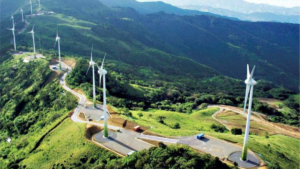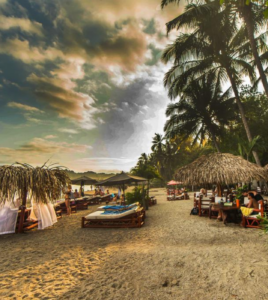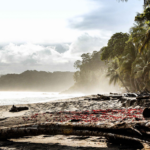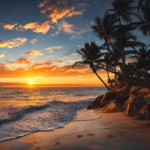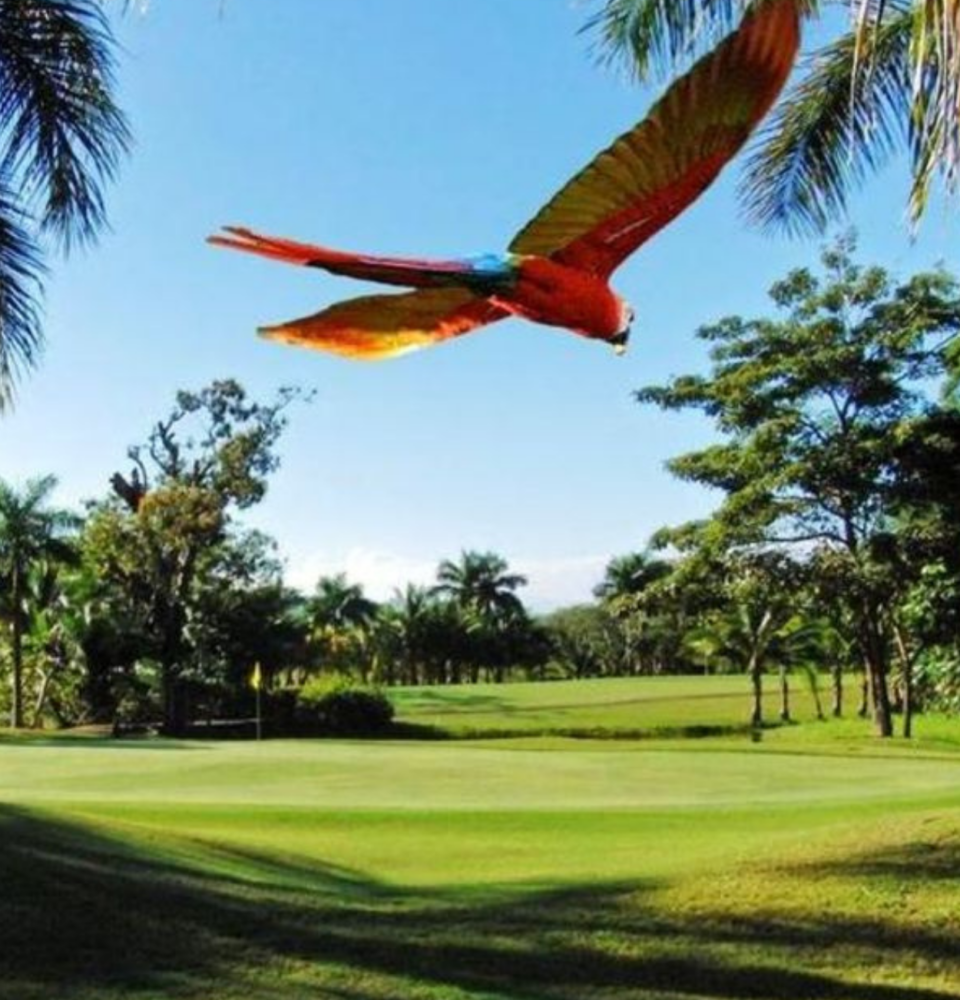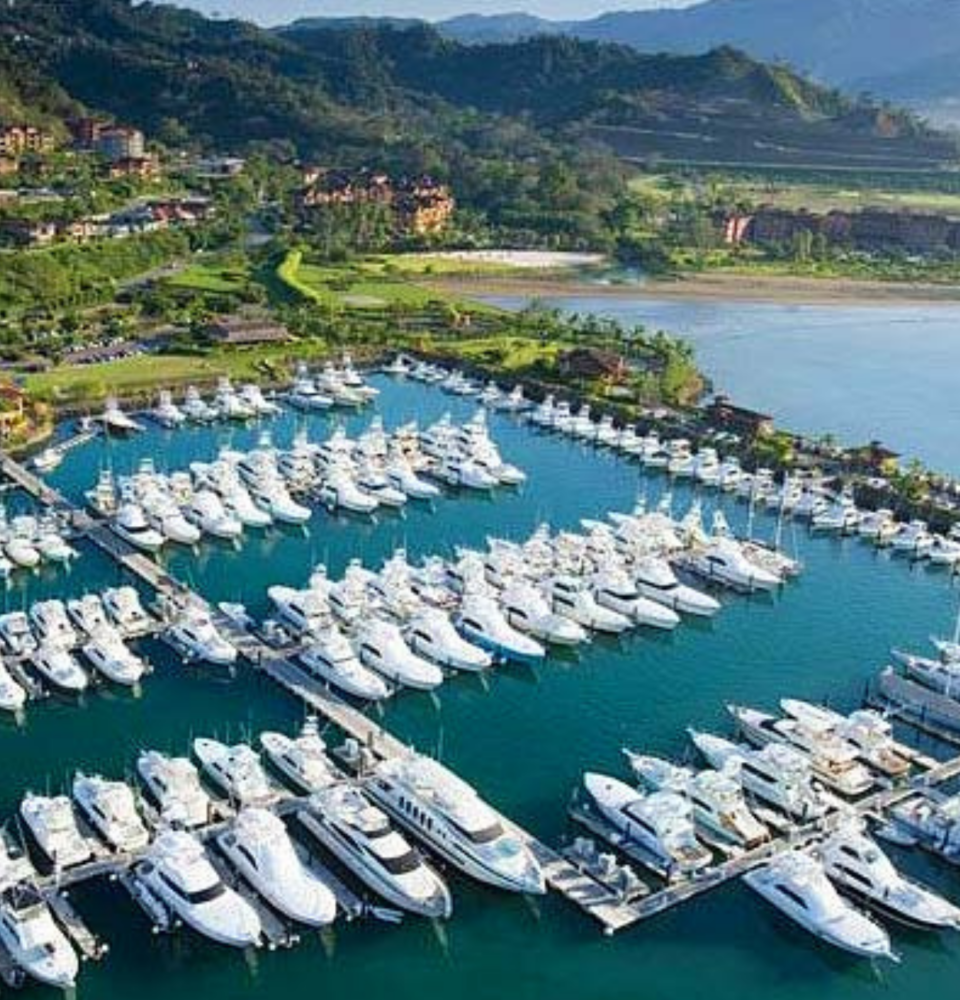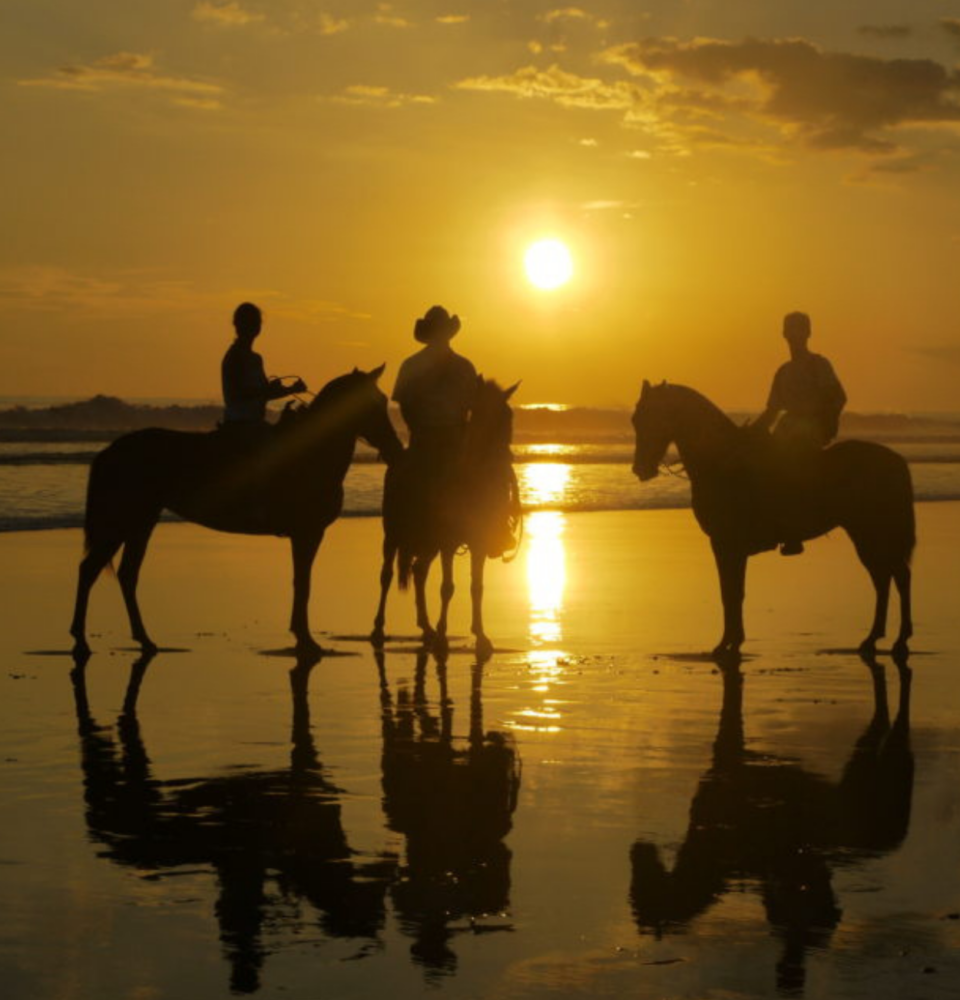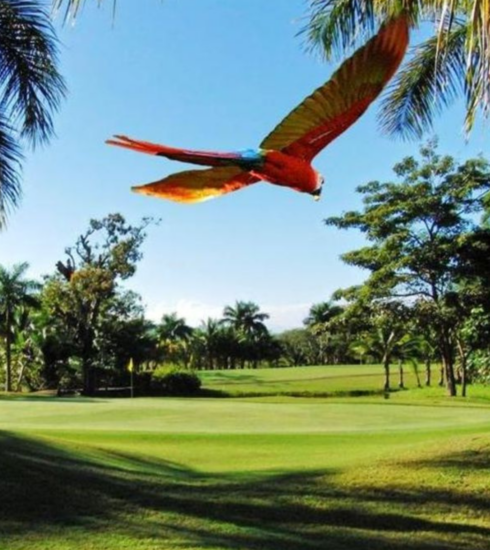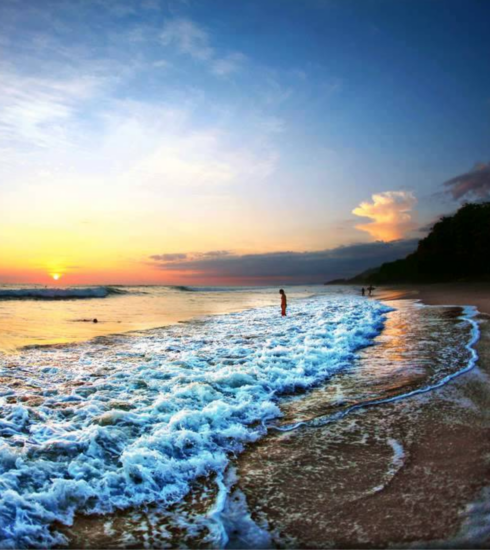Osa Peninsula, Costa Rica
One of the most remote locales; makes up much of the southern Pacific coastline. The Osa, as it is known to locals and residents, is Costa Rica’s southernmost peninsula, a large expanse of which is dedicated to Corcovado National Park. It is the single largest expanse of a lowland tropical rainforest in Central America and is one of the tallest rainforests in the entire world, including the largest single tree in all of Central America, standing at seventy-seven meters tall. When entering and exploring the park, it is highly advised to use the services of a professional guide, as underestimating the dangers inherent in the park have brought many a carefree tourist to their demise. The best way to enter the park is via the town of Puerto Jimenez, located on the inland side of the park, where there is a ranger station and where an extensive network of trails converges.
Landscape: Beaches, Lowland Rainforest, Mountains, Rainforest.
Attractions: Cano Island, Corcovado National Park.
Activities: Bird & Wildlife Watching, Dolphin & Whale Watching, Nature Tours.
Caters to: Couples/Honeymooners, Families, Luxury Travelers, Nature Lovers.
Camping is allowed in the park, and for backpackers and camping aficionados, Corcovado is a favored destination. Most people who visit to tour the Osa prefer to stay at Drake Bay, located on the outer northern side of the peninsula. Though Drake Bay is widely known, it is one of the least accessible places in Costa Rica to visit. Exclusively accessible by boat, and housing only a handful of all-inclusive lodges and accommodations, communications and power are spotty on the Drake. Eco-tourists delight in spending their tourism dollars at a remote, solar-powered oasis that offers spectacular views of the pristine beaches and ocean below, with a vast tract of untouched wilderness behind them. Unusual for all-inclusive destinations, Drake offers a wide range of accommodations, ranging from all-inclusive tent camp all the way to hillside luxury suites.
Just offshore from Drake lies the Isla del Caño Biological Reserve, a three-hundred hectare piece of land belonging to the Corcovado Park, boasting little plant or animal life aside from migratory birds, formerly a burial ground of the pre-Columbian Boruca population. The Reserve’s waters, however, are crystal blue and encompass nearly six-thousand hectares of area, offering stunning reefs, flora and fauna, and is considered one of the best underwater adventure destinations in the world. With exceptional visibility, visitors to the Reserve’s waters can count on viewing turtles, dolphins, whales, stingrays, sharks, sea turtles, eels and barracuda, as well as fantastic specimens of the edible variety such as grouper, tuna, and snapper. Diving numbers are strictly regulated and removal of any marine specimens, dead or alive, is strictly prohibited. Camping is available on the island, and boat trips are arranged from as far off as Dominical.
The entire peninsula encloses a tranquil body of water aptly named Golfo Dulce, teeming with marine life. Fish, turtles, whales and dolphins are a common sight in the Golfo.
Separating the Osa from the mainland is the vast wetland of Rio Serpe and its watershed, the Dequis Valley. The extensive mangrove swamps of the Serpe’s delta is extensive, comprised of nearly fifty percent of all of the mangrove wetland of the country. Permeated by a maze of channels, the river is a prime location for finding giant crocodiles and enough wildlife to stun even the seasoned world traveler.
The Species of the Osa
375 species of birds of which 1 species is endemic and 40 are endangered or threatened within Costa Rica
3100 species of plants, 67 of which are endemic to the Osa and 57 species recently reported as new to science.
Of these plant species, 750 species are trees and 23 are endangered or threatened.
Of the 124 species of mammals and 13 are in danger of extinction.
6000 species of insects,
117 species of amphibians and reptiles. 14 species reported with threatened populations and 6 are endangered, including 4 species of sea turtle.
40 species of freshwater fish of which 9 are endemic to the Osa.
Explore Osa Peninsula
Tambor Beach, Costa Rica
World class deep sea fishing, finished with a dinner watching a spectacular sunset on the hills above the bay.
Santa Teresa, Costa Rica
Many people all over the world have traveled to this magical surf town, and decided never to leave.

